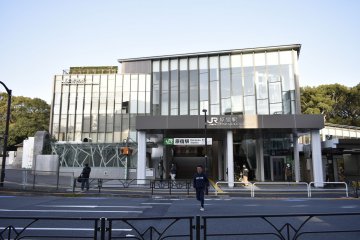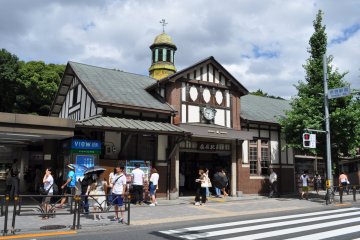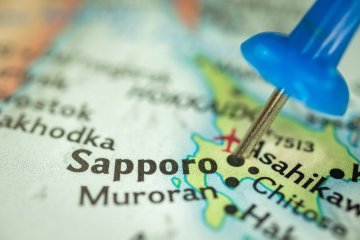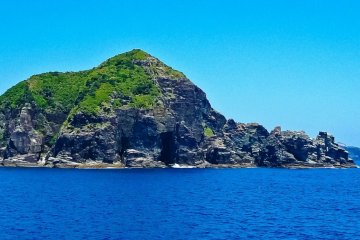Tokyo's iconic Harajuku Station has finally been replaced. On Saturday, 21st March, 2020, the new station opened ushering in a new era for travellers along the capital city's ever busy JR Yamanote Line.
Just off to the side of the old station building, the new Harajuku Station is a modern, gleaming construction of glass and space, built in preparation for the 2020 Tokyo Olympic and Paralympic Games. The new two-storey station sits by its predecessor with the famous Meiji Shrine behind it and the hyper-busy Omotesando-dori in front.
The old Harajuku Station was built nearly a century ago, with its wooden structure developing a following of admirers courtesy of its unique charm and old-world feel. Around 70,000 passengers use the station each day and come New Years time, those numbers swell to almost three million people. Authorities concluded that the original station could no longer satisfy modern health and safety regulations and despite the sentiments surrounding the building, work on the new station began in 2016.
A much more spacious and modern design is the result. The station's glass walls allow in plenty of light, opening up the ambience of one of Tokyo's most iconic locations. The new station also features a convenience store on its first floor as well as a coffee shop on its second. Views of the old station can still be had from the new station, at least until after the Olympic and Paralympic Games when it is scheduled to be dismantled. Elements of its historical design are to be incorporated into a commercial building to be built in its place.
Along with Meiji Jingu Shrine and Omotesando-dori, the new Harajuku Station will still offer access to the spacious Yoyogi Park as well as the youth culture driven shopping streets of Takeshita-dori and its energetic surrounds.






























